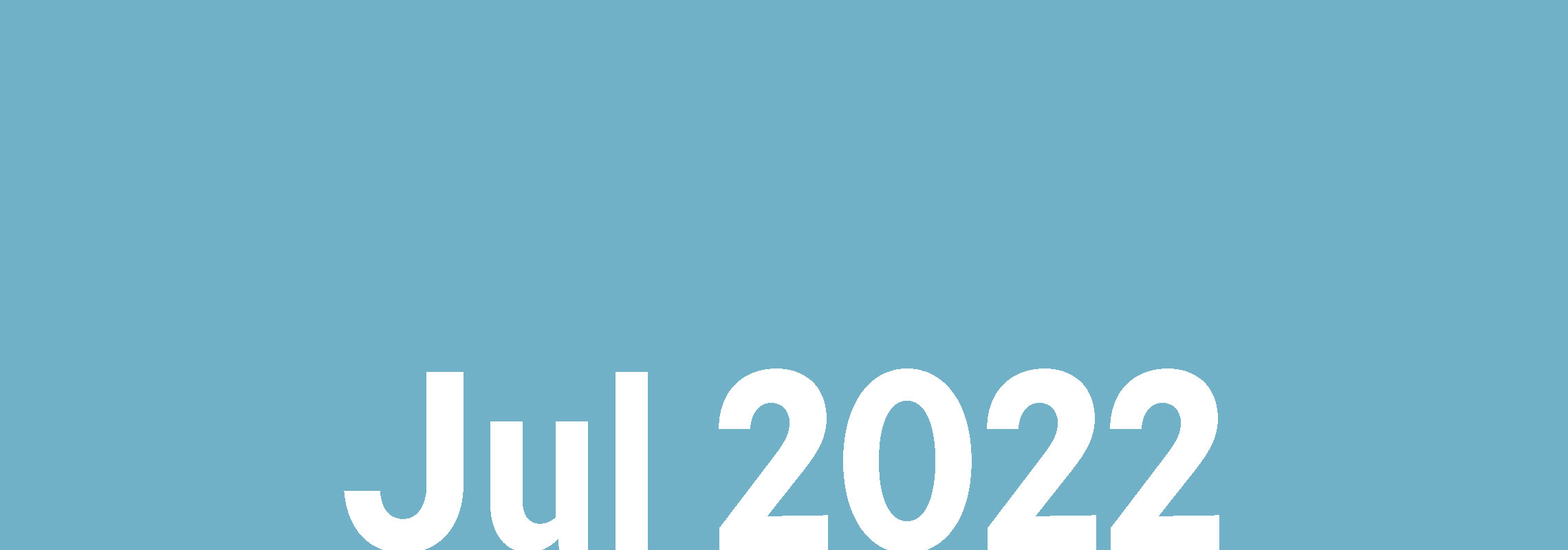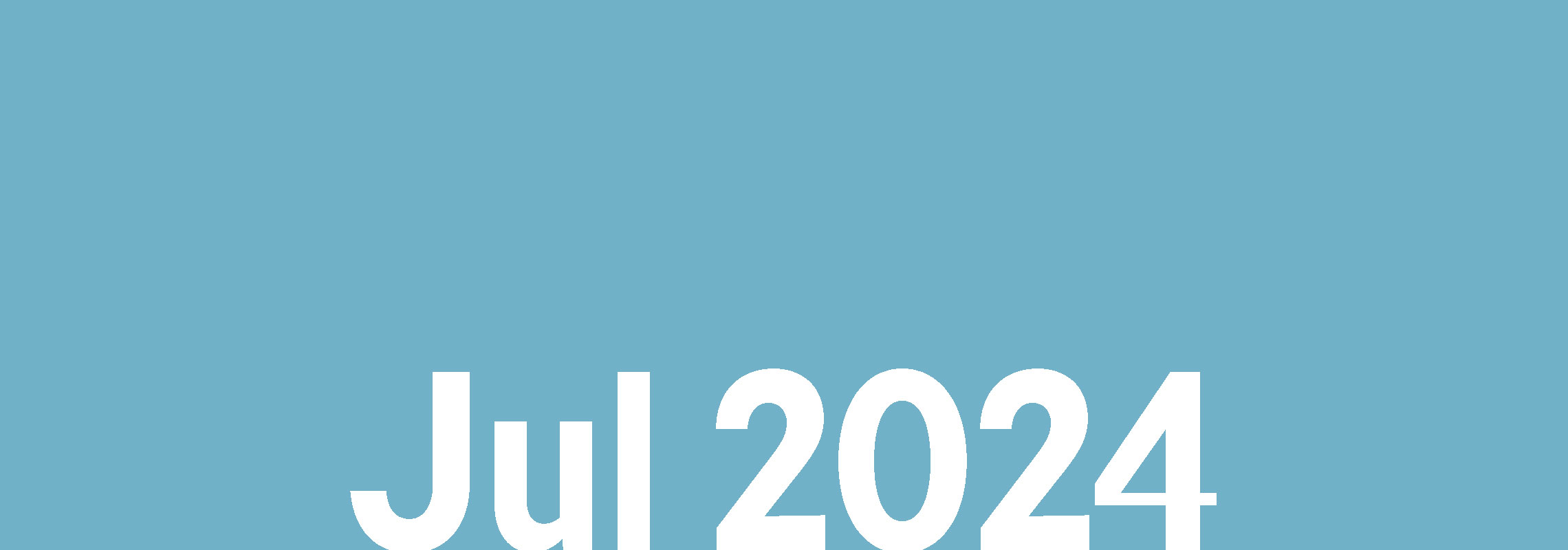Is There Another Way Toward Licensure?
by Alicia Belton, FAIA, NOMA, AIA Minnesota President
Education. Experience. Examination. This is the traditional path that many architects take to become licensed. I believe that many who have chosen this profession would agree that it is a rigorous process filled with various challenges, ranging from the time it takes to get licensed to the costs of education and examination.
In my own experience, I attended a four + two NAAB-accredited architecture school, followed by three years of work under a licensed architect and two years trying to pass the exam, which at the time was offered only twice a year. Third time was the charm for me in passing the 12-hour design test where all were locked in a room with only the drawing supplies and all the snacks that one could carry.
For many, this path could be longer than my 11-year journey toward licensure due to family circumstances, health challenges or limited financial resources. Any one or a combination of these situations adds time and expense, along with the emotional distress when a dream is deferred. As a result, we lose talented individuals to other professions because they have become disheartened and disenfranchised with the narrow and limited ways to continue moving forward in one’s career.
One of AIA Minnesota’s strategic priorities has been to “build and mentor the profession from the first introduction through every stage of career success, with a priority on expanding access and reflecting the demographics of the broader Minnesota population.”
If we truly want to make the profession more accessible, we should find an alternative path that expands the opportunity to leverage work experience as core to the educational requirement for licensing. I know I have already lost half of those reading this, but let’s explore this for a moment.
In preparation for the AIA’s 2022 Annual Business Meeting, Resolution 22-2 – “Alternative Means to Satisfy the Educational Requirement for Licensure for a More Inclusive Profession” – was introduced by AIA Maryland; it was pulled from consideration by the authors after agreement was reached with AIA national to take more time to clarify and refine the resolution language.
In essence, the resolution encouraged the acceptance of significant years of work experience under the mentorship of an architect(s) as an option for satisfying the education requirement. Some grounding common facts that were cited as the basis for this resolution:
- The cost of college and student loan debt have risen astronomically in recent years and continue to grow;
- The additional requirements for licensure – completion of AXP and passage of the ARE – are significant and rigorous; and
- Seventeen licensing jurisdictions across the nation already accept work experience to satisfy the education requirement.
We know from AIA’s research over the years that many in the profession don’t complete the process for a variety of reasons like unforeseen life circumstances, “timing out” while taking the exams, or “not meeting” college requirements when transferring colleges. When AIA Minnesota asked a wide variety of our volunteer leaders to provide comment on Resolution 22-2, the personal experiences and perspectives people shared reaffirmed this research. They were enlightening and moving; heartbreaking and inspiring. The complexities of trying to address the barriers that limit access to traditional education became more clear, as did the value of deep and sustained mentorship.
As we figure out how AIA Minnesota can best be part of the effort to expand pathways to licensure, I welcome your comments and experiences – in support of, against, on the fence, or even of two minds.
I do think that as a profession the bigger question to address is, “Do we really value access for all?” If so, what can we do to help design professionals succeed to become architects? Overall, I hope we can come together toward a common goal: ensuring fair and equitable access to licensure that also maintains the standards we uphold for the health, safety and welfare of the public.
View the July 2022 edition of Matrix.

